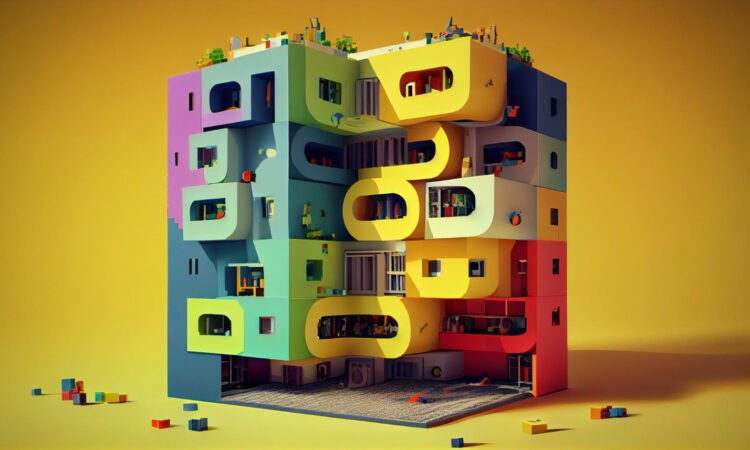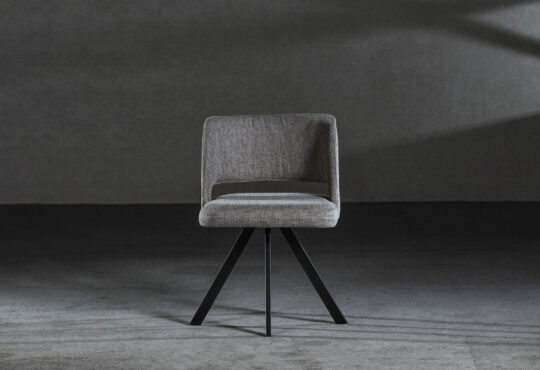Innovation in modern architecture and construction often paves the way for groundbreaking designs. One such innovation that has been making waves in the industry is using advanced building materials like aluminium cladding panels. This discussion will explore the world of these versatile panels, exploring their many benefits and their transformative impact on architectural projects.
The Evolution of Building Materials
- Unveiling Aluminium Cladding Panels
Aluminium cladding panels are a testament to the evolution of building materials. These panels consist of a core material, often made of low-density polyethylene (LDPE), sandwiched between two layers of aluminium sheets. The result is a lightweight, durable, and highly customisable material that has found its way into various architectural applications.
- Endless Possibilities
One of the primary draws is their versatility. They come in various thicknesses, colours, and finishes, allowing architects and designers to assemble visually stunning façades that meet aesthetic and functional requirements.
The Advantages of Aluminium Cladding Panels
- Durability and Weather Resistance
These panels are built to withstand the test of time. Their resistance to corrosion, UV radiation, and extreme weather conditions ensures they maintain their integrity and appearance, making them an ideal choice for exterior and interior applications.
- Ease of Maintenance
In an era where sustainability and low maintenance are paramount, aluminium cladding panels shine. They require minimal upkeep, with occasional cleaning being the extent of their maintenance needs. This characteristic makes them a cost-effective choice in the long run.
- Energy Efficiency
Aluminium cladding panels can contribute to a building’s energy efficiency. They can be integrated into systems that improve insulation and reduce heat transfer, helping to regulate indoor temperatures and reduce energy consumption.
- Design Freedom
Architects and designers are continually pushing the boundaries of creativity. Aluminium cladding panels offer design freedom that few other materials can match. Whether creating intricate façade patterns, incorporating curved elements, or experimenting with colour schemes, these panels can turn architectural visions into reality.
Applications Across Industries
- Modern Residential Architecture
These panels have gained popularity in residential architecture for their aesthetic appeal and ability to give homes a sleek, contemporary look. They can accentuate specific areas of a house or cover entire exteriors, enhancing curb appeal.
- Commercial Structures
Their adaptability makes them a go-to choice for commercial buildings. Their durability and design flexibility allow for eye-catching and functional façades, from office complexes to retail spaces.
- Educational Institutions
In educational environments, creating an inspiring atmosphere is key. Aluminium cladding panels can construct modern and visually appealing school buildings that motivate students and staff alike.
- Hospitality Sector
The hospitality sector often seeks to impress guests with stylish and inviting spaces. Aluminium cladding panels create striking hotel and restaurant facades that leave a lasting impression.
The Future of Architecture with Aluminium Cladding Panels
- Innovative Building Designs
As architects and designers continue experimenting with new forms and styles, these panels will remain at the forefront of innovative building designs. Their adaptability and sustainability align perfectly with the evolving needs of the industry.
- Sustainability and Eco-Friendly Initiatives
Sustainability is a matter of concern in the construction industry. Aluminium cladding panels are eco-friendly, recyclable, and contribute to energy efficiency. This aligns with the industry’s increasing emphasis on sustainable building practices.
Conclusion
Aluminium cladding panels have transformed the way architects and designers approach building projects. Their durability, versatility, and design freedom have led to their adoption in various architectural applications. As the industry continues to evolve and prioritise sustainability, these innovative panels will likely play an even more significant role in shaping future buildings. The marriage of technology and design in aluminium cladding panels is a testament to human ingenuity, propelling architecture to new heights of aesthetic and functional excellence.






